Electric Truck News
Warm Tips for Spring Maintenance of New Energy Vehicles
Posted on by Electric Trucks
As the seasons change and spring arrives, it’s time to think about giving our new energy vehicles the care they deserve. Spring maintenance is crucial to ensure the optimal performance and longevity of these eco-friendly vehicles. After a busy winter and perhaps an enjoyable outing during the just-passed Qingming holiday, it’s essential to take the time to maintain our beloved new energy cars.
Spring maintenance of new energy vehicles offers several unique challenges and considerations compared to traditional fuel vehicles. Let’s explore the practical advice on how to keep our new energy vehicles in top shape.
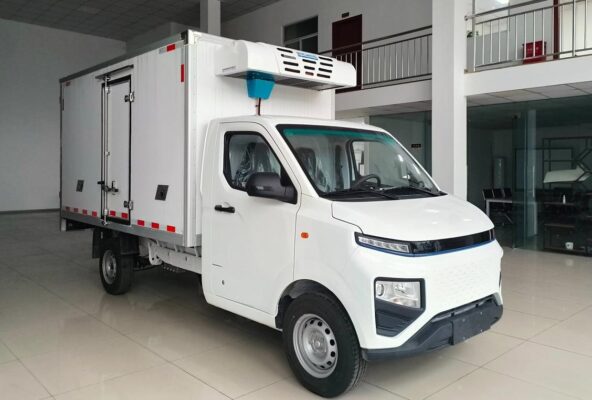
Pay attention to charging time:
Correctly mastering the charging time plays a vital role in prolonging the battery life of new energy vehicles. During winter, the power battery often has poor charging acceptance ability. The cold temperatures can cause the battery to take longer to charge and may lead to incomplete charging or insufficient power. As a result, the charging time of the power battery needs to be extended during the winter months.
However, as spring arrives and the temperature rises, the power storage time of the power battery can be controlled according to normal usage. Understanding the optimal charging time for different seasons can help maintain the battery’s health and performance.

مثال کے طور پر, if a car owner continues to charge their new energy vehicle for an extended period as they did in winter, it may lead to overcharging and potential damage to the battery. On the other hand, if the charging time is too short, the battery may not be fully charged, affecting the vehicle’s range and performance.
To determine the correct charging time, car owners can refer to the vehicle’s manual or consult with the manufacturer. Additionally, some new energy vehicles come with smart charging systems that can adjust the charging time based on the battery’s condition and the ambient temperature. By taking advantage of these features, car owners can ensure that their vehicles are charged efficiently and safely.

Battery maintenance:
The battery is the heart of a new energy vehicle, and proper maintenance is essential to ensure its longevity and performance. When using a new energy vehicle, it’s important to pay attention to the remaining power of the vehicle for endurance. It is recommended to have more than 20% of power remaining each time you drive.
If the power is completely discharged, it can cause significant harm to the power battery. Repeatedly discharging the battery to a very low level can lead to a reduction in battery capacity and lifespan. On the other hand, overcharging the battery can also be harmful, as it can cause overheating and potential damage.
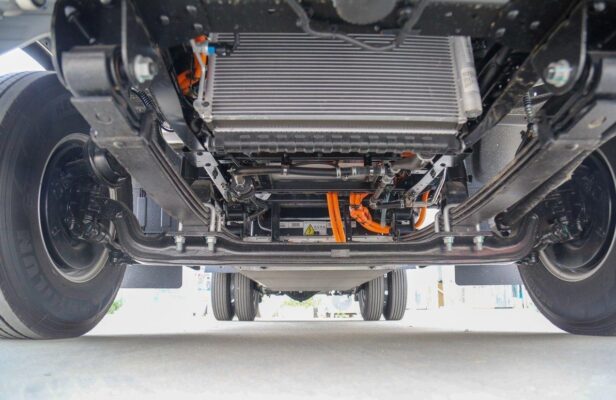
If the vehicle is not used for a long time, it’s crucial to make sure the remaining power of the vehicle is greater than 30%. Additionally, it is recommended to charge the battery once a month to maintain its healthy state. Regular charging can help prevent the battery from losing its charge and deteriorating.
Overcharging, over-discharging, and undercharging will all shorten the battery life. Therefore, car owners should pay close attention to the battery usage to avoid these situations. Reducing the number of full charges and discharges can also help prolong the battery life. Instead of always charging the battery to 100% or discharging it completely, it’s better to keep the battery level within a moderate range.

It is also beneficial to perform a deep discharge on the battery occasionally. This is not only beneficial to activating the battery properties but also can slightly increase the battery capacity. However, deep discharges should be done sparingly and under proper guidance, as excessive deep discharges can also damage the battery.
For instance, suppose a car owner regularly discharges their battery to a very low level or charges it to full capacity every time. Over time, this can lead to a significant reduction in battery life and may require premature battery replacement, which can be expensive. By following the recommended battery usage guidelines, car owners can ensure that their batteries last longer and perform better.
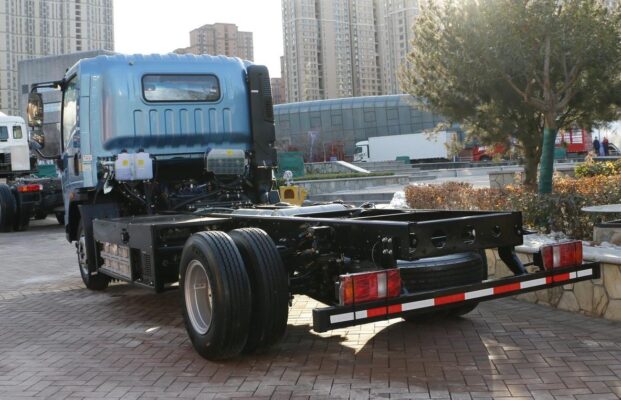
Sterilization and dust removal, clean the interior of the vehicle:
After a long winter, people seldom open windows for ventilation in order to keep warm. As a result, a lot of bacteria can accumulate in the corners of the vehicle’s interior. The warmth of spring provides a perfect environment for the growth of bacteria, making it essential to conduct a deep sterilization and dust removal work inside the carriage.
A clean and hygienic interior not only makes the driving experience more pleasant but also helps protect the health of the occupants. There are several ways to sterilize and clean the interior of a new energy vehicle. One option is to use professional car interior cleaning products that are designed to kill bacteria and remove dust and dirt. These products can be sprayed on the seats, carpets, and dashboard to disinfect and freshen the interior.
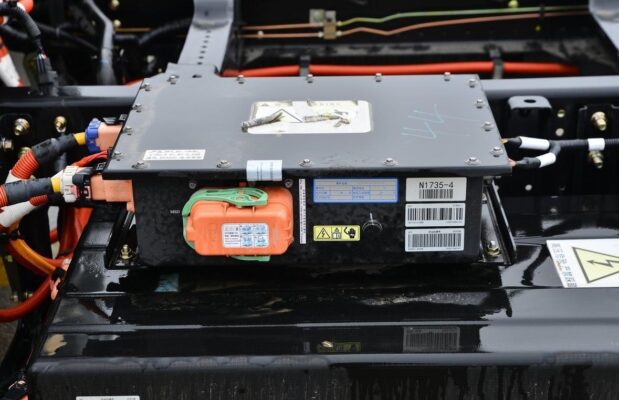
Another option is to use natural cleaning methods, such as vinegar and baking soda. Vinegar has antibacterial properties and can be diluted with water and sprayed on the interior surfaces. Baking soda can be used to absorb odors and remove stains.
In addition to sterilization, it’s also important to clean the air conditioning filter. During winter, the temperature is relatively cold, and the use of air conditioning is more frequent, resulting in a lot of dust particles being adsorbed on the air conditioning filter. If the filter is not cleaned in spring, the blocked filter can prevent and reduce the air from entering the evaporator, which may cause the air conditioning to not function properly.
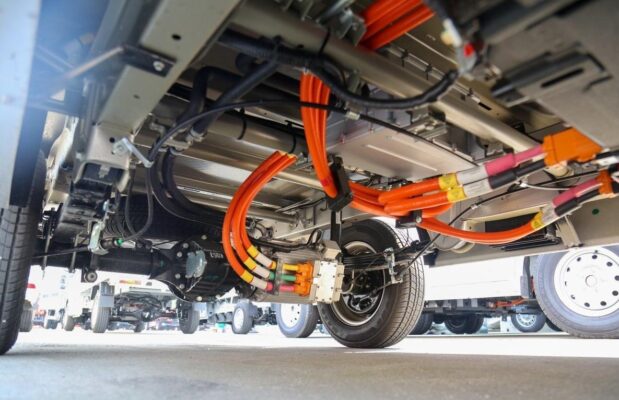
To clean the air conditioning filter, car owners can follow the instructions in the vehicle’s manual. In some cases, the filter may need to be removed and washed with mild soap and water. After drying, the filter can be reinstalled. In other cases, the filter may need to be replaced if it is too dirty or damaged.
مثال کے طور پر, imagine a car owner who neglects to clean the air conditioning filter in spring. As the temperature rises and the air conditioning is used more frequently, the blocked filter can reduce the cooling efficiency of the air conditioning and may even cause unpleasant odors. By cleaning or replacing the filter, the car owner can ensure that the air conditioning works properly and provides clean and fresh air.
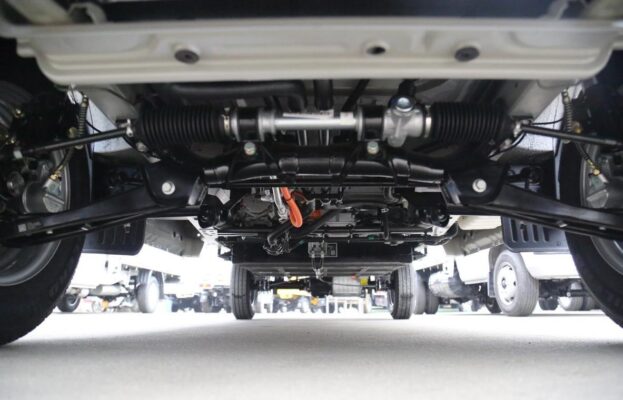
In addition to the unique maintenance requirements of new energy vehicles, there are also some areas where they share similarities with traditional fuel vehicles. Routine maintenance tasks such as exterior cleaning, chassis inspection, tire inspection, light inspection, wiper function inspection, interior cleaning, fluid inspection, and system module inspection are also important for new energy vehicles.
Exterior cleaning helps maintain the appearance of the vehicle and protects the paint from damage. Chassis inspection can help detect any potential issues with the suspension, brakes, and other components. Tire inspection includes checking the tire pressure, tread depth, and for any signs of damage. Light inspection ensures that all the lights are working properly for safe driving at night. Wiper function inspection is important for clear visibility during rainy weather. Interior cleaning keeps the cabin comfortable and hygienic. Fluid inspection includes checking the levels of coolant, brake fluid, and windshield washer fluid. System module inspection can help detect any faults or malfunctions in the vehicle’s electrical and electronic systems.

By performing these routine maintenance tasks, car owners can ensure the overall safety and performance of their new energy vehicles. Additionally, regular maintenance can help detect potential issues early on, reducing the risk of breakdowns and costly repairs.
آخر میں, spring maintenance of new energy vehicles is essential to keep them running smoothly and safely. By paying attention to charging time, battery maintenance, sterilization and dust removal, and performing routine maintenance tasks, car owners can enjoy the benefits of their eco-friendly vehicles for years to come. Remember to consult the vehicle’s manual and seek professional advice when needed to ensure that your new energy vehicle receives the proper care it deserves.